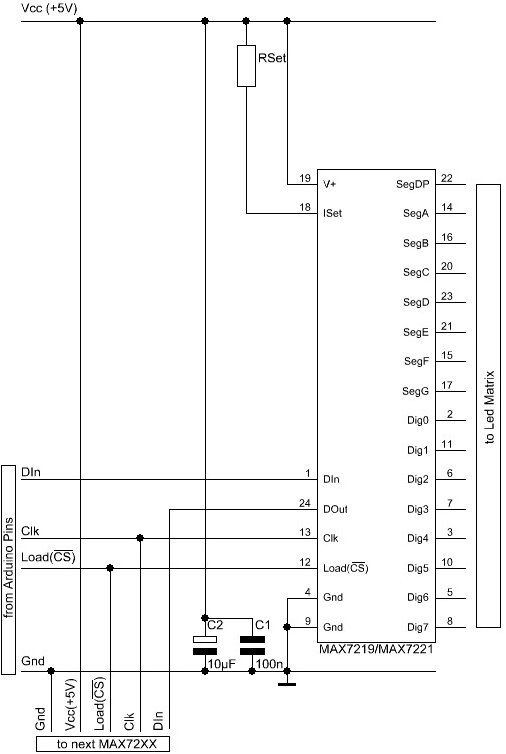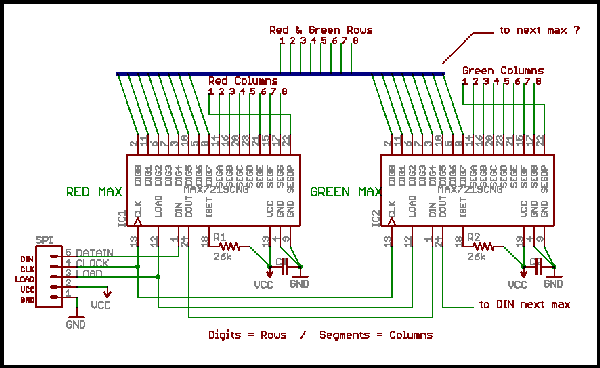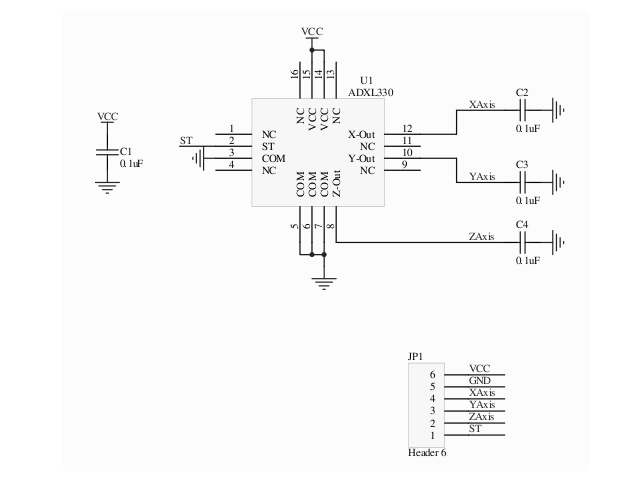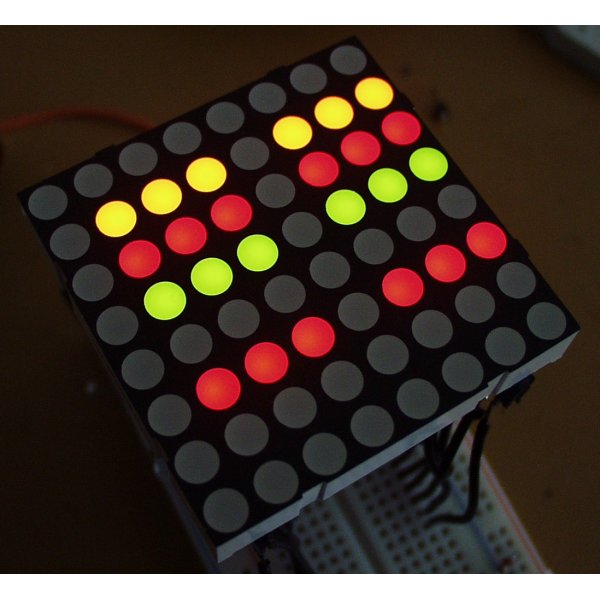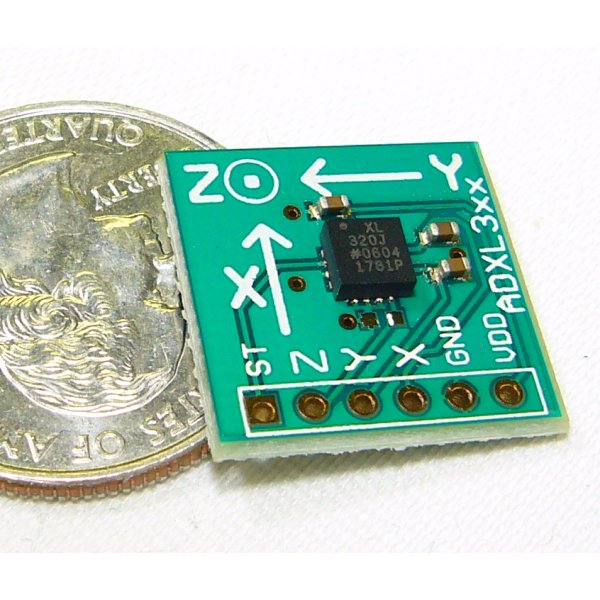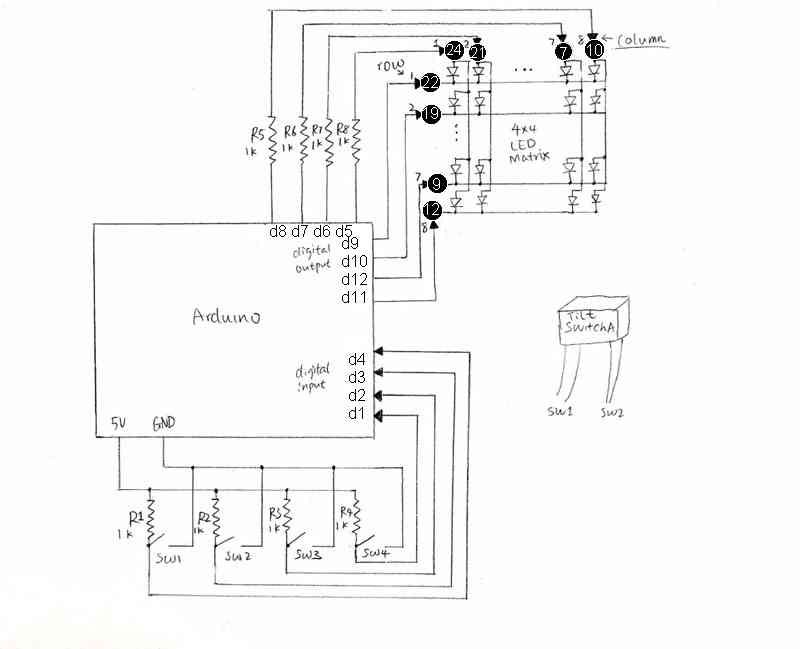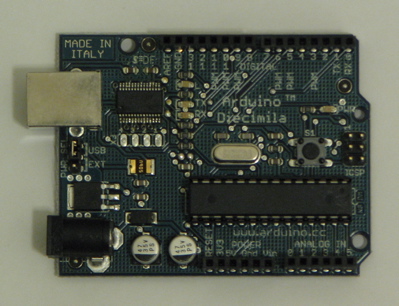ABET-CSC231 Page
This page is a copy of the page at http://cs.smith.edu/classwiki/index.php/231a_ac, which was created by Yang Li for CSC231, Fall 2009.
Contents
Labs
231a-ac Lab4 Intro to Arduino
231a-ac Lab5 Input and Output with Arduino
231a-ac Lab6 Arduino and Assembly
231a-ac Lab7 Talk to Arduino
Project Pages
Proposal
Interactive LED box
Project Goal
The goal of this project is to create a low resolution display of graphical art that interacts with people who are handling it. My basic idea is to create such a "magic box" with a LED matrix on one side. It should be small enough that it can be held by hands. Also, it has to work independently from a computer, so that it be carried around. "(It will be best if the series of graphics generated by the user can be stored somewhere.)"
The basic design of input and output are the following:
- Input
- amount of tilt
- frequency of vibration (optional)
- Output
a low resolution display made of LED lights that refreshes constantly - Processing
- Store amount of tiltation and vibration(optional) in a data structure
- Visualize the data by controlling the intensity of individual LEDs.
Schematics
- single-color LED matrix with MAX72XX Driver
- dual-color LED matrix with 2 MAX72XX Drivers
- accelerometer
Hardware List
LED matrix
- 8x8 LED matrix display
I found one with dual-color(red and green) LEDs ($4.5). With different intensity, we may get a range of pleasant colors including orange and yellow. The matrix height is 3.2in, which is the biggest among other 8x8 LED matrices with reasonable price that I could find.
LED Dot Matrix Display Red/Green #LTP2188AA LiteON
- LED display driver
LED display drivers lets you control individual LEDs easier. My two choices are either MAX7219 or MAX7221($7.02 a piece). They can drive either 64 individual Led's, or up to 8 digits of 7-segment displays. The big advantage of these drivers are that they can be controlled from the Arduino using only 3 of the digital output pins. There are also examples on driving a dual-color matrix using 2 such drivers. On the other hand, the limitation is that I couldn't use PWM(Pulse Width Modulation) to control the intensity of individual LEDs. For the dual-color LED, with PWM, I could virtually get 255*255 colors; I can only set 4 states: off, R,G,RG without PWM.
Most arduino projects uses MAX7219 and MAX7221 interchangable, while I think in my case MAX7221 would work better because of the following reason:
"The MAX7221 was designed for reduced electromagnetic interference (EMI). EMI could lead to some jitter in the readings from the analog inputs of the Arduino or if the Led matrix is placed near some audio circuit it can introduce audible noise to the signal. So, if your project would go into categories like : audio gadget, audio levelmeter, (low-)voltage measurement, etc. than better take the MAX7221. "[4]
Since my project also has analog input to sense acceleration, I'm afraid that EMI may prevent me from getting correct input from the accelerometer. MAX7219, MAX7221: Serially Interfaced, 8-Digit, LED Display Drivers
Accelerometer
We can use the accelerometer's ability of sensing acceleration to measure a variety of things, such as acceleration (of course!), tilt angle, incline, rotation, vibration, collision detection, and gravity. In my project, I will mainly use the accelerometer to measure tilt angle.
My first choice is ADXL322, a dual-axis accelerometer (measures acceleration along x and y coordinates) with sensoring ange from -2g to 2g and analog output 0-5V. It costs about $7.95 a piece. SparkFun also sales ADXL322 breakout board. The breakout board will save a lot of wiring effort, however, it will cost $29.95, 3 times as pricy as the accelerometer alone.
Approximate Cost
- accelerometer: $7.95
- LED matrix: $4.5
- LED driver: $7.04
Total: $19.49 (shipping not included)
Resource
Schematics
Hardware
Schematics
The following schematic diagram shows input/output connections from Arduino to two tilt switches and one 8*8 Green/Red LED matrix. To start with the simplest case, I will treat the LED matrix as 4*4 with single color (only use 16 green LEDs at the 4 corners of the matrix).
Notes:
- Each tilt switch has 4 output wires, so that it acts as 2 switches. SW1 and SW2 are associated with tilt switch A, and SW3 and SW4 are associated with tilt switch B.
- The inputs for LED matrix are labeled by their pin number(circled). Column and row numbers are also shown in the schematics.
- Resistors used in this schematics are chosen to be 1kOhms based on approximation. During prototyping, I may try resistors of different resistances to maximize the performance of my project.
Software
Final Presentation
Misc. Information
Picture of the Arduino Diecimila chip used in this project:
Project Ideas
- Accessories and Applications
- Rotatable Solar Panel: mount solar panel on an adjustable platform and remote control the tilting angle of the platform to enable maximum sunlight exposure.
- Solar Light: get input from a light meter and decide whether to charge the battery or turn on the light.
- I will discuss with Professor Cardell next week about possible projects on sensors and control for home settings.
- Art and Design
- Visualizing force: read input from a force gauge and visualize the data in some artistic pattern on a series of LEDs or on a LCD display.
- interactive LED box: I will have a low definition screen made of a matrix of LEDs on one side of a box. The LEDs will turn on and off or dimmed to different levels according to the amount of tilt applied to the box measured by an accelerometer inside the box. I also want two sides of the box to sensor force/pressure and reflex it to the LEDs. (Discussed with Professor Cuifo)
Resource
Class Pages
Documentations
- Arduino Official Site
- Arduino Playground wiki documentation center by arduino users
Motors
- Motors overview on different types of motors
- Controlling DC motors basic knowledge on DC motor
- Stepper Motor Basics basic knowledge on stepper motor
- Motor Knob sample code for a stepper motor follows the turns of a potentiometer
Real Projects
Arduino
- Hacking VGA with arduino color visualization on a monitor with arduino.
- Peggy 2.0 Peggy 2.0 is a multiplexed matrix display of 25 by 25 LEDs from Evil Mad Scientist Laboratories. It can be programmed directly from the Arduino environment using a USB-to-TTL cable.
Non-Arduino
- Responsive Environments Group The responsive environments group at the MIT media lab explores how sensor networks augment and mediate human experience, interaction and perception. They have created various projects on developing gadets that collect and use sensor data in innovative ways, such as:
- making a extremely low cost and compact wireless motion sensor that sends out a brief pulse signal when jerked.It can be used for interacting with a crowd of people.[5]
- building a sensate floor made from networked sensor tiles and sending parameters such as footsteps to an external computer via a router.[6]
- TischITP The ITP is a two-year graduate program located in the Tisch School of the Arts whose mission is to explore the imaginative use of communications technologies — how they might augment, improve, and bring delight and art into people’s lives. There projects involves both visual art, and technologies. My favorite one is the CUBIT, which is an interactive surface for multi-touch interactions. People can create amazing visual effects just by pressing fingers on the surface of CUBIT.[7]
